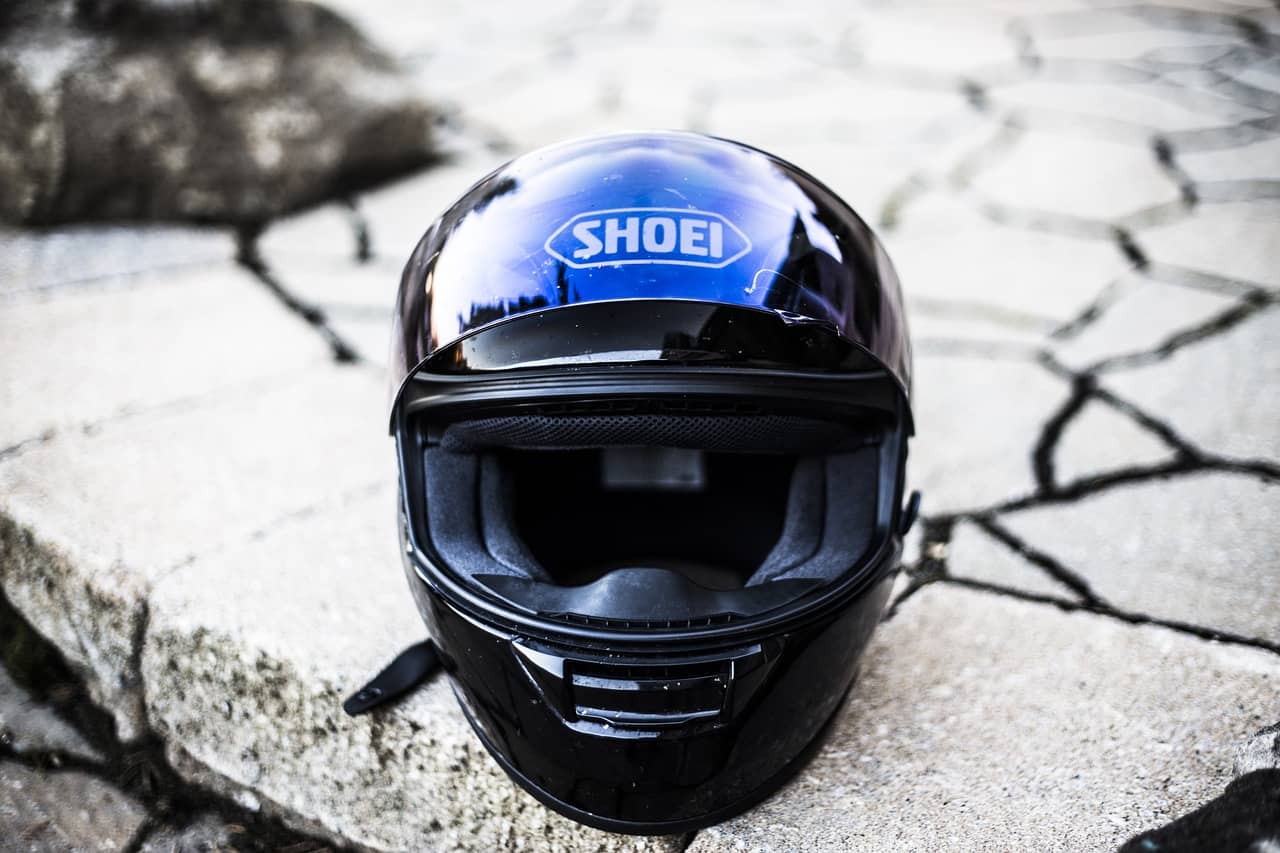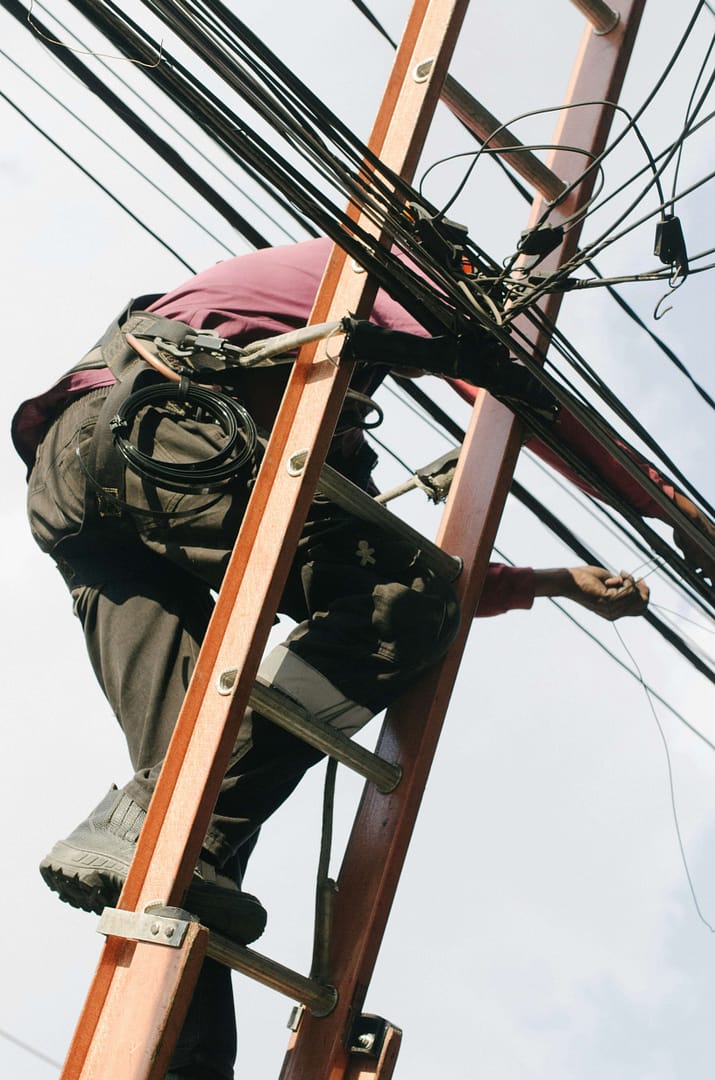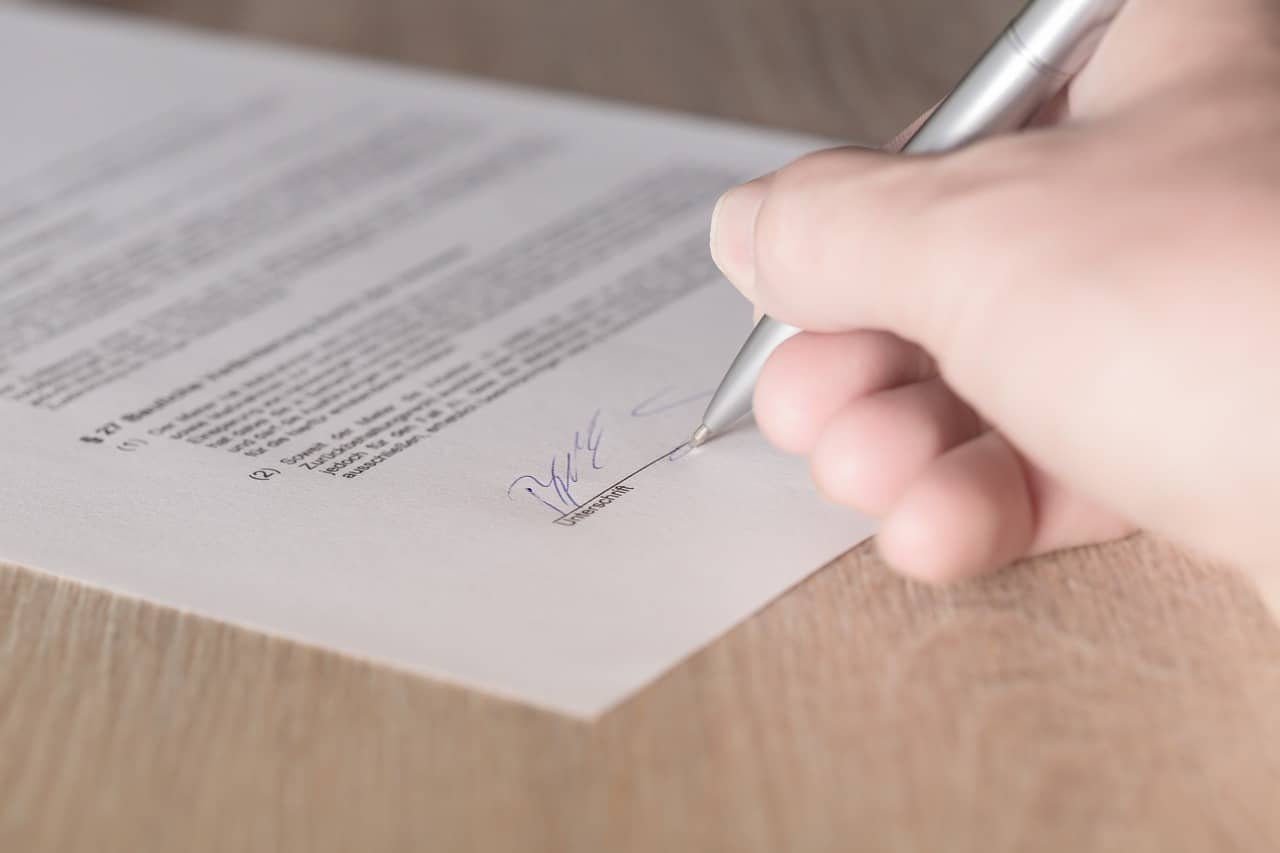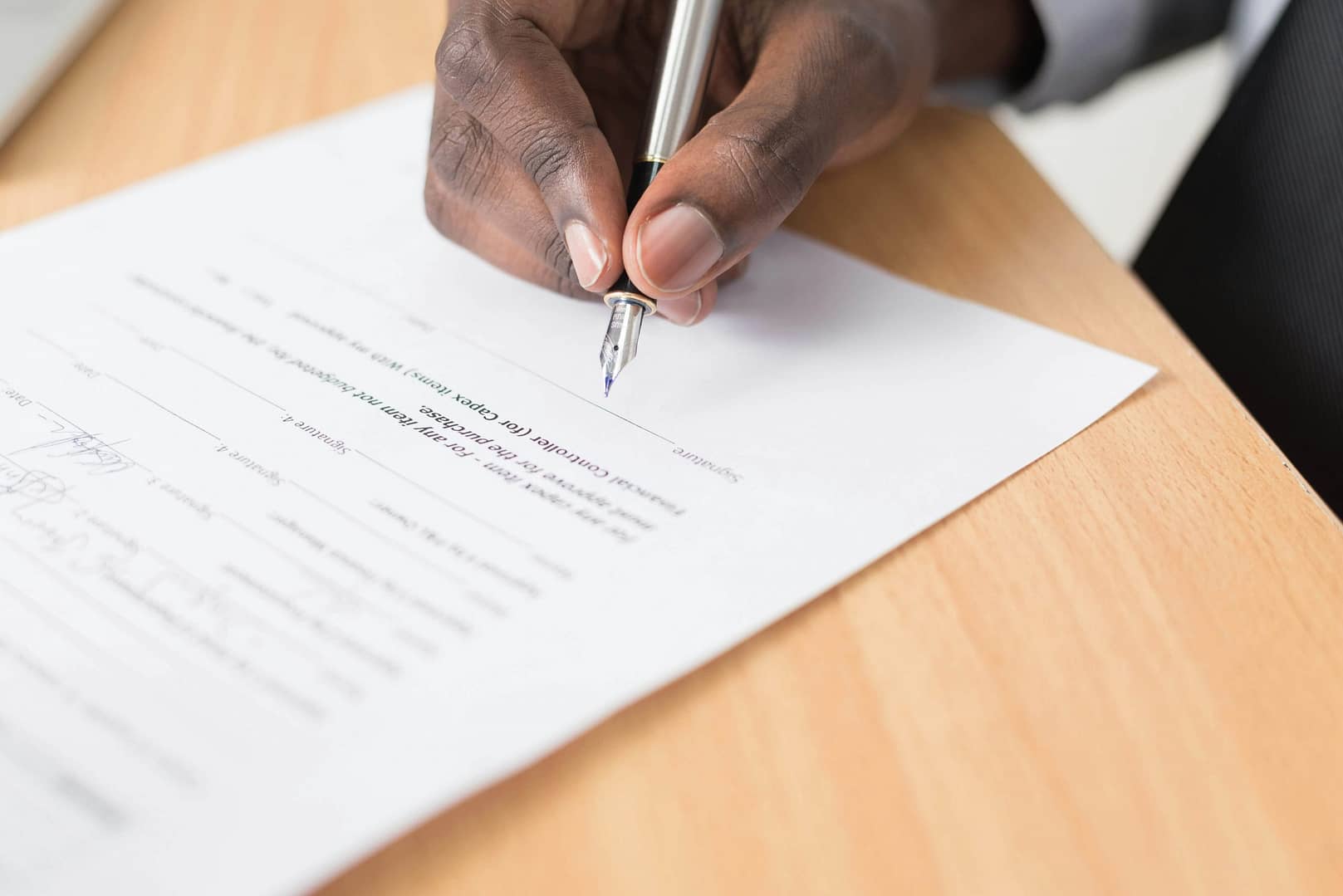Riding a motorbike can be exhilarating, evoking a sense of freedom as you cruise through the open road with the wind in your hair. However, it’s no secret that motorbike accidents can be devastating, with their inherent risks leaving riders vulnerable to serious injuries. If you’re a motorcycle enthusiast or just someone who occasionally hops on a two-wheeler, it’s crucial to understand how to mitigate motorbike accidents effectively. By taking proactive steps to enhance safety, you can continue enjoying your thrilling rides while minimising potential risks. We will walk you through the best steps that need to be taken in order to start a road traffic accident claim.
Understanding the Prevalence of Motorcycle Accidents
Motorcycle accidents are more common than one might think, especially in the United Kingdom. Despite comprising only a small percentage of road users, motorcyclists are at a significantly higher risk of being involved in accidents. According to recent statistics, motorcycle accidents account for approximately 21% of all road fatalities in the UK. These sobering numbers serve as a stark reminder that riders need to take extra precautions to protect themselves on the road.
Master the Art of Defensive Riding
One of the most effective ways to prevent motorbike accidents is to become a master of defensive riding. Defensive riding means being constantly vigilant and anticipating potential hazards. Instead of assuming that other road users will always follow the rules, you should expect the unexpected. Keep a safe distance from vehicles in front of you, and always be prepared to react quickly if something unexpected happens. By adopting a defensive riding approach, you significantly reduce the risk of collisions caused by other drivers’ negligence.
Gear Up: Embrace the Power of Protective Equipment
When it comes to motorcycle safety, wearing the right gear can make all the difference. Always dress for the slide, not the ride. Helmets, jackets, gloves, and sturdy boots are essential gear items that provide vital protection during a crash. Make sure your helmet meets safety standards and fits snugly on your head. Your jacket and pants should be made of durable materials like leather or abrasion-resistant textiles to minimise road rash in the event of a fall. Remember, the right gear is your second skin, keeping you safe and sound.
Invest in Advanced Rider Training
Even seasoned riders can benefit from advanced rider training. These courses go beyond the basics, equipping you with advanced skills and techniques to handle challenging road scenarios. Skilled instructors guide you through various exercises, teaching you how to maneuver your bike with precision and finesse. Not only does this boost your confidence on the road, but it also enhances your ability to spot and avoid potential dangers. Continuously honing your riding skills can be a game-changer, saving you from accidents that less experienced riders might encounter.
Stay Visible: Make Your Presence Known
Visibility is a significant factor in motorcycle safety. Motorcycles are smaller and less visible than cars, which increases the likelihood of other drivers not seeing you on the road. To mitigate this risk, wear reflective clothing or add reflective strips to your gear. Additionally, keep your headlight on at all times, even during the day. The idea is to ensure that you’re as conspicuous as possible to other road users, minimising the chance of them unexpectedly turning into your path.
Mind the Weather: Adapt to Changing Conditions
Weather conditions can have a considerable impact on motorcycle safety. Rain, snow, or icy roads can drastically reduce traction, making it challenging to control your bike. When the weather takes a turn for the worse, it’s essential to adapt your riding style accordingly. Slow down, increase your following distance, and be gentle with your controls to maintain stability. Sometimes, it might be best to pull over and wait for conditions to improve, especially during heavy storms. Remember, it’s better to arrive late than not at all.
Respect Your Limits: Don’t Overwhelm Yourself
As a motorcycle rider, it’s essential to know your limits and ride within them. Pushing yourself to go faster or ride in adverse conditions beyond your comfort zone can lead to disastrous consequences. Ride at a pace that feels safe and comfortable for you. If you’re tired or mentally preoccupied, it’s best to avoid riding until you’re fully focused and well-rested. Your mental and physical state greatly affect your ability to respond to potential hazards on the road, so never underestimate the importance of being in top form while riding.
Mind the Blind Spots
Blind spots can be a nightmare for motorcyclists. Other drivers may not always see you when changing lanes or making turns, leading to dangerous situations. Whenever possible, avoid lingering in a car’s blind spot. Instead, try to position yourself where you are visible to the driver, either directly behind or in front of their vehicle. By staying out of their blind spots, you significantly reduce the risk of being involved in a collision due to a driver’s failure to see you.
Making a Road Traffic Accident Claim
Despite our best efforts to mitigate motorbike accidents, sometimes unfortunate incidents still occur. If you find yourself involved in a road traffic accident, it’s crucial to understand the steps to take for making a claim. Seeking compensation for injuries and damages can help alleviate the financial burden and aid in your recovery process. Here’s a step-by-step guide on how to make a road traffic accident claim:
Ensure Immediate Safety
Immediately after the accident, prioritise your safety and the safety of others involved. Move to a safe location if possible, away from traffic and potential hazards. If you or anyone else is injured, seek medical attention promptly. Don’t hesitate to call for emergency assistance if needed.
Document the Scene
Gather as much information as possible about the accident scene. Take photos of the vehicles involved, the damage sustained, and any road conditions that might have contributed to the incident. Note down the names and contact information of any witnesses present.
Report the Accident
Report the accident to the police as soon as possible, providing them with accurate details of the incident. This step is crucial for creating an official record of the accident, which will be important when filing your claim.
Exchange Information
Exchange contact and insurance details with the other parties involved in the accident. If there are witnesses, get their information as well. Having this information will make it easier for your insurance company and legal representatives to process your claim.
Seek Medical Attention
Even if you believe your injuries are minor, it’s essential to seek medical attention after an accident. Some injuries may not manifest symptoms immediately but could worsen over time. Medical documentation of your injuries will also be crucial in supporting your claim.
Consult National Claims
Depending on the severity of the accident and the complexity of the claim, it would be beneficial to seek legal guidance. Our claims specialists at National Claims can help you navigate the legal complexities, guide you through the claims process, and ensure you receive fair compensation.
Gather Evidence
Collect all relevant evidence to support your claim. This includes medical records, photographs, witness statements, and any other documentation related to the accident and your injuries.
Calculate Your Damages
Work with your legal representative to calculate the full extent of your damages, including medical expenses, lost wages, property damage, and pain and suffering.

Conclusion
Motorcycle accidents are a reality that every rider must be prepared to face. However, by taking proactive measures to mitigate risks, practicing defensive riding, and wearing appropriate protective gear, you can significantly reduce the chances of accidents occurring. Remember always to ride within your limits, adapt to changing road conditions, and make yourself visible to other road users.
In the unfortunate event of a motorbike accident, promptly follow the steps to ensure your immediate safety, gather necessary information, report the incident, seek medical attention, and notify your insurance company. If needed, consult a legal professional to guide you through the process of making a road traffic accident claim.
By staying cautious, informed, and responsible, you can enjoy the thrill of motorbike adventures while prioritising your safety and the safety of others on the road. Embrace the joy of riding, but always remember to ride smart and ride safe.
Contact us today to find out more about how we deal with road traffic accidents and start your claim.
Click below to see why we are one of the most trusted claims management companies in the UK.

We’re proud of our excellent customer reviews
We thrive on delivering exceptional service and ensuring our clients’ satisfaction. Don’t just take our word for it. Check out some of our independent reviews to see what our clients have to say.
Excellent

This firm is excellent, they sorted out my car pay out and injury claim very fast, they always communicate with you all the time.

My accident case was dealt with confidence and with great result of the outcome, especially James kept me informed all the time.

I was very impressed at the way my inquiry was treated. I was listened to attentively and everything I needed to know was explained to me.






